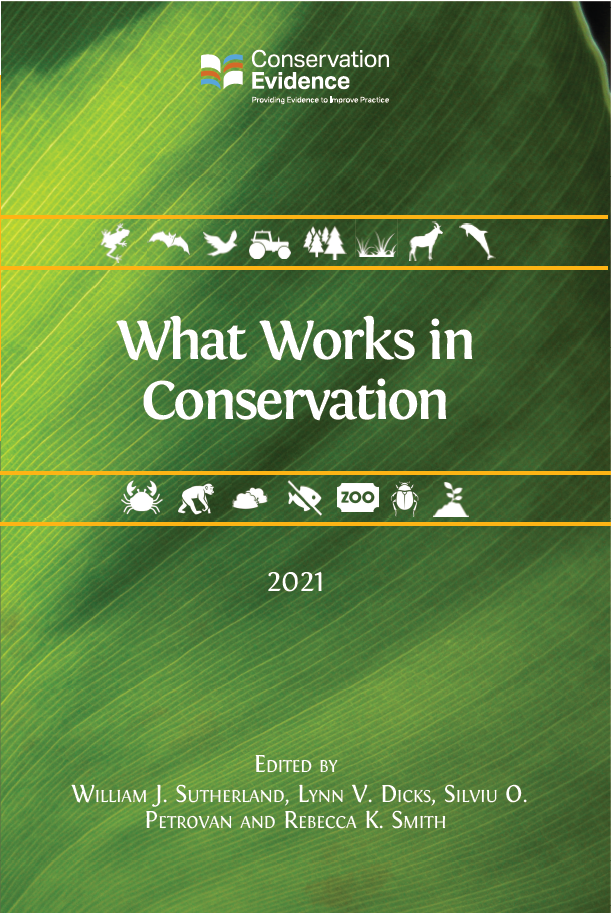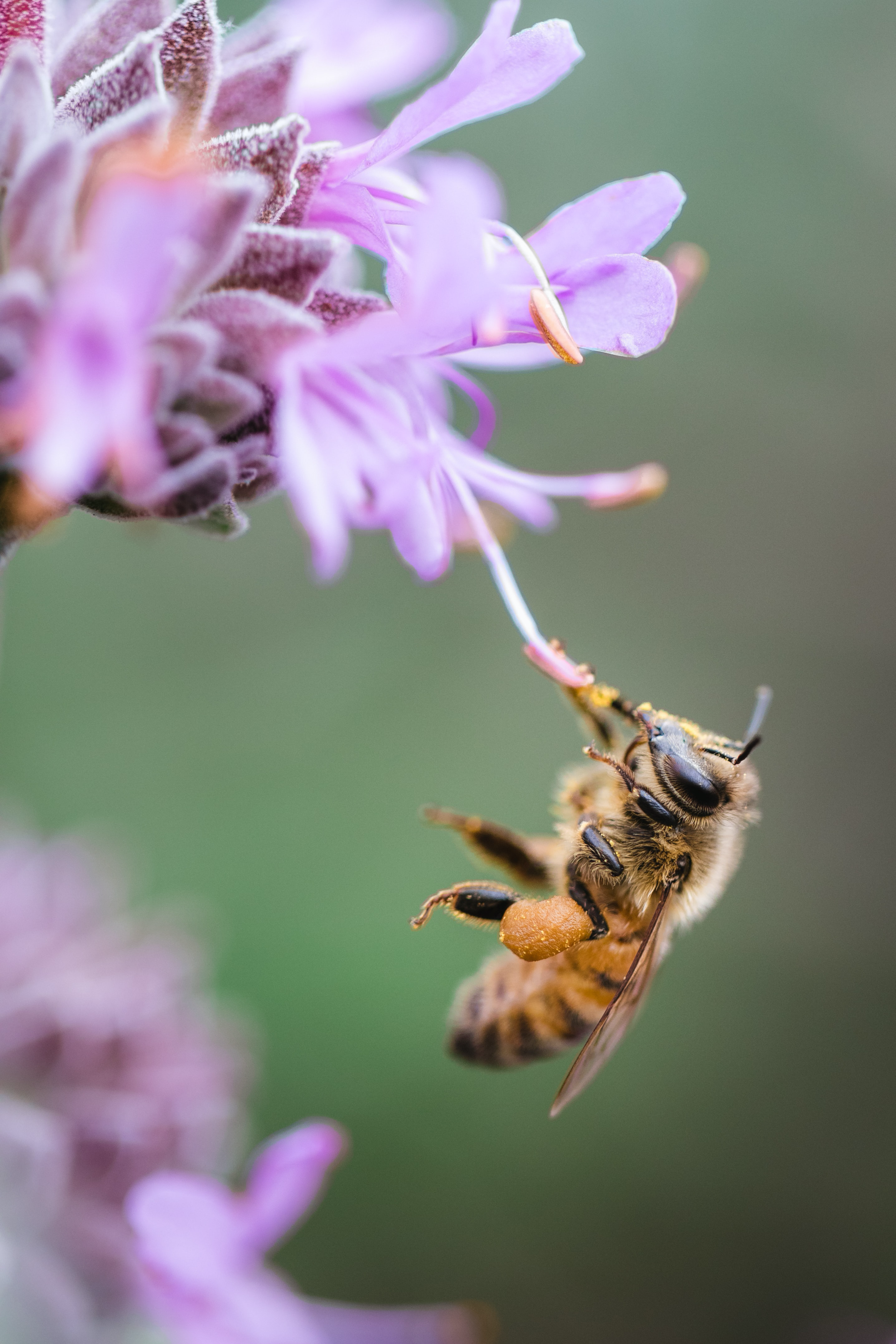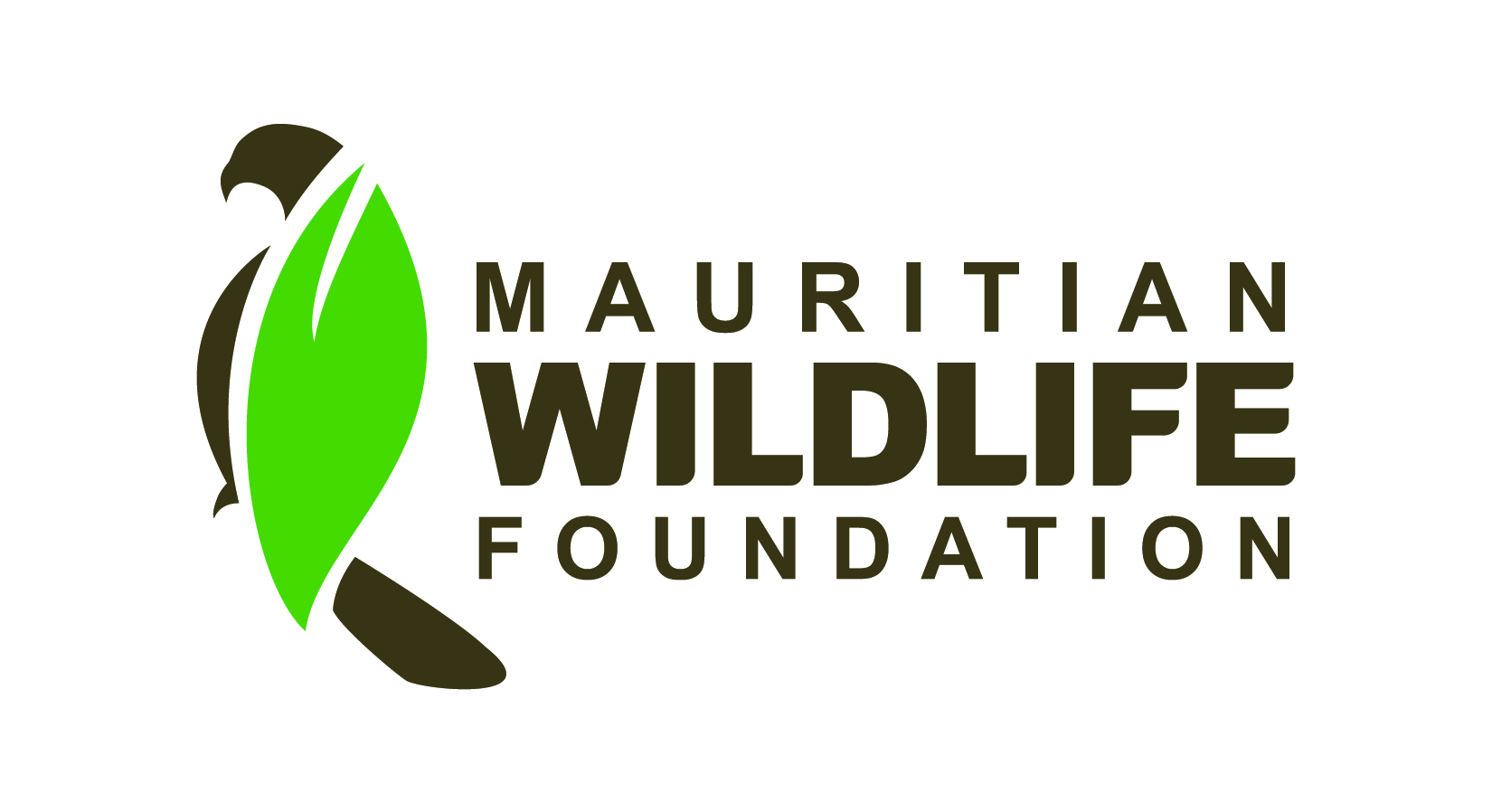Interplay between Senecio Jacobaea and plant, soil, and aboveground insect community composition
-
Published source details
Bezemer M., Harvey A., Kowalchuk G.A., Korpershoek H. & van der Putten W. (2006) Interplay between Senecio Jacobaea and plant, soil, and aboveground insect community composition. Journal of Ecology, 87, 2002-2013.
Published source details Bezemer M., Harvey A., Kowalchuk G.A., Korpershoek H. & van der Putten W. (2006) Interplay between Senecio Jacobaea and plant, soil, and aboveground insect community composition. Journal of Ecology, 87, 2002-2013.
Summary
Common ragwort Senecio jacobea (a biennial) is poisonous to livestock, particularly horses, and it can be invasive. How it colonises and how to control it may therefore be desirable in some cases. A long-term field experiment was undertaken to study how plant community diversity influenced colonization of an abandoned arable field by common ragwort in The Netherlands. The effect of sowing later-succession species on common ragwort performance was investigated.
Study site: In spring 1996, a 100 x 50 m plot was established on abandoned arable field at the Planken Wambuis, Ede. Prior to the study it had been cultivated with various crops. The soil was a sandy loam (pH 6.4) containing 4.5% organic matter.
Experimental design: The field was ploughed and harrowed. Experimental treatments were applied using a randomized block design with five blocks. Each block contained one replicate of one of three sowing levels in 10 x 10 m plots:
1) 0 species (plots initially colonized via the seed bank and seed input from the surrounding area);
2) 4 species sown (two grasses, one legume and one other forb);
3) 15 species sown (five grasses: Festuca rubra, Phleum pratense, Poa pratensis, Agrostis capillaris, Anthoxanthum odoratum; five legumes: Lotus corniculatus, Trifolium pratense, T. dubium, T. arvense, Vicia cracca; five other forbs: Plantago lanceolata, Tanacetum vulgare, Hypericum perforatum, Hypochaeris radicata, Linaria vulgaris).
The sedd mixes had the same rate of sowing (grasses 2,500 seeds/m²; legumes 500/m²; other forbs 500/m²). Each September all plots were mown and cut vegetation removed.
Vegetation monitoring: Annually (1996 to 2003) at peak standing biomass (late July-early August) plant species abundance in plots was recorded in 12 permanent 1 m² quadrats. In late August, aboveground biomass was harvested in 12 subplots adjacent to the quadrats. Plant material was oven-dried and weighed to calculate the average aboveground biomass/m²/plot. Common ragwort established naturally; abundance and the proportion of quadrats in which it was present was recorded. Starting in 2000, aboveground ragwort biomass was separated from the total biomass and weighed.
Unsown plots had more plant species than sown plots. Plots sown with 15 species had on average more species and a higher diversity than plots sown with four species. Above-ground biomass was highest in plots sown with 15 species (795 g/m1 m²), intermediate in plots sown with four (610 g/m1 m²) and lowest in unsown plots (469 g/m1 m²). Grass abundance was lowest in unsown plots (averaging 20%), but did not differ greatly from plots sown with four species (averaging 43%), or with 15 species (averaging 39%). Forb abundance was highest in unsown plots and lowest in plots sown with 15 species, but this difference diminished over time. Vegetation in unsown plots was less dense than in sown plots.
In unsown plots, common ragwort established soon after ploughing and harrowing, after 2 years becoming dominant and covering almost 30% of the site by 2000. In the subsequent 4 years it declined, covering less than 10% of the site in 2004. Ragwort above-ground biomass decreased rapidly, from a dry biomass of over 400 g/m² in 2000 to less than 10 g in 2004.
Sown plots showed similar responses. In contrast to the unsown plots, ragwort appeared only sporadically, probably inhibited by the dense vegetation that developed. In 2000, sown plots had about 5% ragwort cover (compared with 30% in the unsown plots), with just over 10% reached in 2002. Thereafter, it decreased steadily to less than 5% cover in 2004. In 2004, biomass declined to less than 10 g/m², as in the unsown plots.
Conclusion: At this site, sowing grasses and forbs after ploughing and harrowing resulted in dense vegetation growth which inhibited colonization by common ragwort. It is also apparent, that without any intervention, common ragwort declined (from 30% to less than 10% cover in 4 years) through natural successional processes.
Note: If using or referring to this published study, please read and quote the original paper.
Output references
|
|





)_2023.JPG)














